
CBT for Youth Depression Bring Hope and Healing to Children, Adolescents, and Young Adults with an Evidence-Based Cognitive Behavioral Therapy Approach – David M. Pratt
FileSize : 3.9 MB
Get Client Buy-In: Engagement and Motivational Enhancement Strategies
- Build a therapeutic alliance with young people
- Collaborative evaluation, treatment planning and case conceptualization
- Identify and build upon strengths
- Motivational counseling with youth
- Identify and work towards goals
The CBT Paradigm: Making it Simple to Understand and Use
- Modify cognitive distortions and build social confidence
- Self-Monitoring: feelings, behaviors and thoughts
- Behavioral activation: get active again
- Cognitive restructuring: learn to be a good “thought detective”
- The art of “Socratic Questioning”
- Problem solving: overcome “learned helplessness”
- Social skills training: build social competence and confidence
- Effective use of CBT homework assignments
- On-office therapeutic structured activities
- Learning CBT skills via hypothetical situations
Advanced CBT Techniques: Mindfulness Based Cognitive Therapy (MBCT) and Acceptance and Commitment Therapy (ACT)
- Mindful meditation practices for youth: relax your mind
- Cognitive processing therapy
- Decipher and manage “ambiguous situations”
- Collaborative empiricism: conducting real-life experiments
- Exposure therapy for behavioral activation and social skill development
- ”Acceptance & Commitment Therapy”: know and be yourself
- Coping plans for stressful situations
Parent Involvement Strategies: Build a Therapeutic Alliance with Families
- Don’t jeopardize your relationship with the client
- Involve parents in:
- Initial evaluation
- Treatment planning
- Case conceptualization
- Treatment sessions
- Homework assignments
- Enhance family communication and problem solving skills
- ”Win-Win” solutions for parents and teens
How to Handle Crisis Situations: Self-Harm and Suicide Prevention
- Conduct a behavioral chain analysis
- Self-harm trigger situations
- Validate reasons for self-harm and suicide
- Use distress tolerance and “Third Wave” CBT skills to manage a crisis
- Coping cards for crisis situations
- Develop a CBT skills based suicide prevention safety plan
Description:
When depressed young people come to your office it’s often not by choice. Worried parents, unsure if this is just a phase or something more, come to you with kids who feel they’ve been brought against their will. They are frequently angry, alienated, and reject the idea of depression. Fear of treatment related stigma, hopelessness about the future, and distrust can cause clients to withdraw from their therapist, giving you very little to work with and leaving you frustrated and looking for ways to engage them. And even the most seasoned clinician knows the challenges of explaining complicated treatment concepts in a way young people can comfortably understand and willingly incorporate into their lives. It all adds up to a situation in which many depressed youth fail to fully participate in the therapy they so desperately need. And the consequences are real. Left untreated, depressed adolescents are at major risk of engaging in self-harming and suicidal behaviors.
They need your help.
But how do you break down resistance to treatment, build the therapeutic alliance, and instill hope in depressed kids? How do you overcome apathy and lack of motivation to engage them, letting you get down to the crucial work that needs to be done? How do you bring complicated treatment concepts to youth in ways they can easily understand and make them feel normal, in control, and part of the process?
Widely researched, Cognitive Behavioral Therapy (CBT) has been confirmed to be an effective approach for treating depression in adolescents.
Key benefits of watching:
- Learn how to motivate and engage your most challenging young clients!
- Translate complex CBT concepts into practical and easy-to-understand skills that can be readily integrated into the lives of adolescents.
- Teach your clients essential coping skills and employ the art of “Socratic Questioning” to help them examine and modify their cognitive distortions.
- Discover how to effectively involve parents in their child’s treatment with real-world methods to enhance family communications, improve problem solving, and find “win-win” solutions to common parent-youth conflicts.
- Master fundamental “Second Wave” evidence-based CBT skills and more recent “Third Wave” advances like Mindfulness Based Cognitive Therapy (MBCT) and Acceptance and Commitment Therapy (ACT) to help clients relax their minds, practice acceptance and manage stress.
- Structured exercises make what you’ve learned immediately applicable to your practice and instantly useable upon your return to the office.
Transform the lives of your depressed young clients with the power of a proven, skills-based CBT approach!
What is health ?
The word health refers to a state of complete emotional and physical well-being. Healthcare exists to help people maintain this optimal state of health.
According to the Centers for Disease Control and Prevention (CDC), healthcare costs in the United States were $3.5 trillion in 2017.
However, despite this expenditure, people in the U.S. have a lower life expectancy than people in other developed countries. This is due to a variety of factors, including access to healthcare and lifestyle choices.
Good health is central to handling stress and living a longer, more active life. In this article, we explain the meaning of good health, the types of health a person needs to consider, and how to preserve good health.
In 1948, the World Health Organization (WHO) defined health with a phrase that modern authorities still apply.
“Health is a state of complete physical, mental, and social well-being and not merely the absence of disease or infirmity.”
In 1986, the WHO made further clarifications:
“A resource for everyday life, not the objective of living. Health is a positive concept emphasizing social and personal resources, as well as physical capacities.”
This means that health is a resource to support an individual’s function in wider society, rather than an end in itself. A healthful lifestyle provides the means to lead a full life with meaning and purpose.
In 2009, researchers publishing inThe Lancet defined health as the ability of a body to adapt to new threats and infirmities.
They base this definition on the idea that the past few decades have seen modern science take significant strides in the awareness of diseases by understanding how they work, discovering new ways to slow or stop them, and acknowledging that an absence of pathology may not be possible.





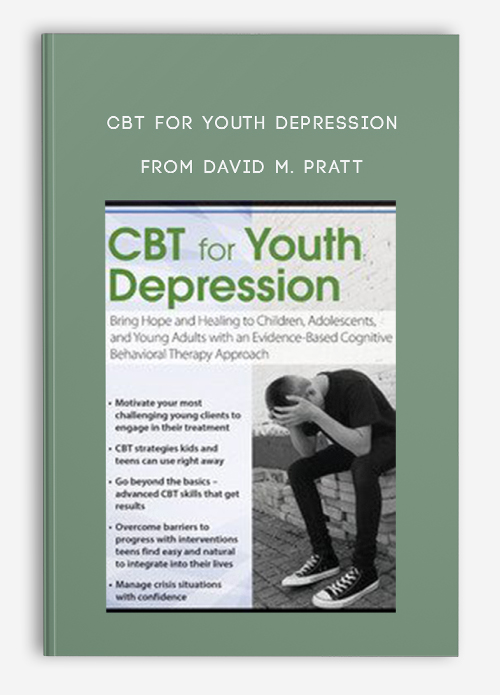








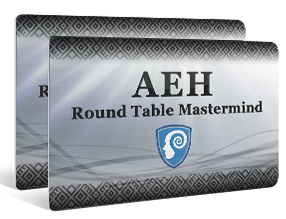
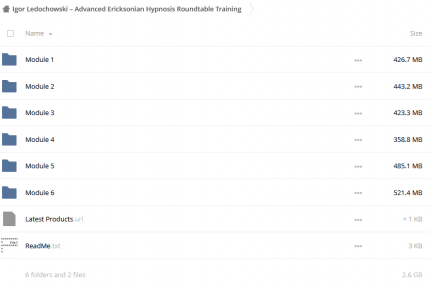
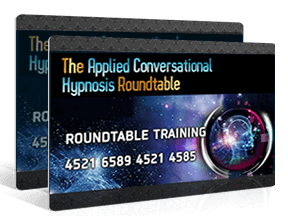






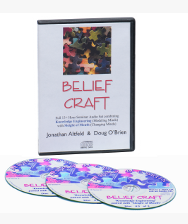















Reviews
There are no reviews yet.